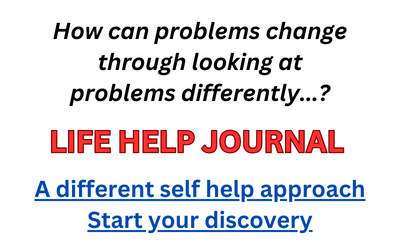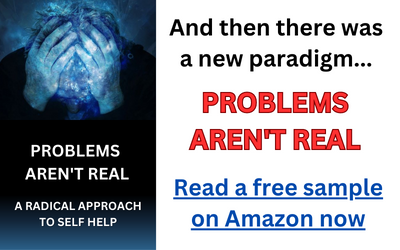I’ve done a bit of looking around the Internet on the topic of how to be happy and content, and I’m disappointed with the majority of what I’ve found. Time and again the advice given involves making some change to one’s circumstances. I came across information, and more than once, that advised smiling.
Create a smile on your face and this will make you happy.
This particular advice exemplifies dramatically the prevailing outlook about the nature of happiness and contentment. In fact this prevailing outlook is false wisdom and its spread through advice and the like — sometimes delivered with a voice of authority and expertise — is not only misleading but also damaging because it sets people on a search for happiness and contentment, things that in fact cannot be acquired.
Do you believe this? Most people do not, and for this reason: they presume happiness and contentment are outside-in circumstances. In other words, happiness and contentment come when favorable external factors are in place.
I’ll be happy and content when (fill in need or desire here).
Or, they believe happiness and contentment come from affecting change. I have to do this or that, make this change or that change to my life experience, in order to be happy. This outlook is actually similar to the one above as both consider happiness and contentment to be “out there”, to be somehow apart from the self — something to be attained before it can be experienced.
Not so. Happiness and contentment, lasting and genuine happiness and contentment, do not come from addition. If something is ever needed to experience lasting and genuine happiness and contentment it is not addition — it is subtraction.
This would seem to indicate that lasting and genuine happiness and contentment are part of the inherent, or natural, state. Yes, they are. This is why it’s so senseless to look for something, or to engage in some act or another, to bring them about. They are already in place.
Consider a child for proof of this. See the joy spilling out of children as they move through life. Consider as well the peace and contentment typically displayed by animals. But children and animals are different from you. They are different, and in one fundamental way in particular: they are not bogged down in thinking.
This is the area of subtraction I referred to earlier that can bring about happiness and contentment — the end of identification with incessant thinking, including thoughts of the past and future, labeling circumstances and people, and rejecting what is and longing for what is not. This mind activity is the equivalent of storm clouds blocking the sun. The sun is still there but the clouds block the experience of it.
So happiness and contentment are there, always, but being stuck in constant mind activity blocks us from experiencing them. The antidote is to break identification with incessant mind activity so that this activity is not mistaken for our reality.
How to do this?
One approach is to become aware of mind activity, to witness this activity as it is happening rather than being unconsciously moved by it like a machine being run by a program. Witness this mind activity, watch and listen to it, observe its effects on your emotions and your body — but do not judge or analyze. If you start to judge or analyze mind activity then the mind activity has begun again and you are once again being controlled by it.
Watch and observe this mind activity in a neutral, passive fashion and accept whatever it produces.
Do not censor, do not reject, do not push away. Accept whatever mind activity may come up, whatever it may say, whatever it may project, and simply watch it.
The result from this process will be a disconnection from mind activity and ultimately the mind will become more and more quiet. This silence provides the necessary space for happiness and contentment, natural states of being, to come through.
Try it for yourself and see…

